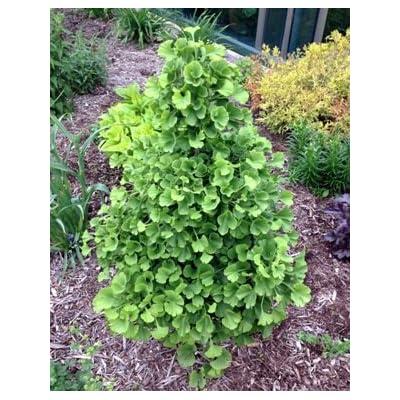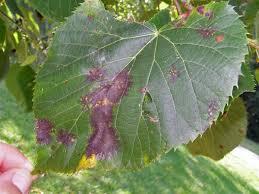Ginkgo Plant
The Ginkgo (Ginkgo biloba) is a slow-growing tree, typically reaching 50-80 feet in height. It is hardy in USDA zones 4-9 and thrives in well-drained, sandy soils. Ginkgo does best in full sun and requires low to medium moisture. The seeds are edible after proper preparation, and the tree is also recognized for its medicinal benefits, especially in traditional medicine.

Habit
Tree
Height
50-80 ft
Growth
Slow
Soil
Well-drained, sandy
Shade
Full sun
Moisture
Low to medium
Edible
Yes (seeds)
Medicinal
Yes
Origin
North and Central America
Climatic Condition
Temperate
Temperature (°)
30-40
Humidity (%)
50-60%
Potting media
Well drained Mix
Fertilizers
Balanced Fertilizers
Watering
Water moderately, prefer dry soils between watering
Plant Weight
Yes2-3 kg
Flowering Time
Fall
Soil Ph level
5.5-7.5
Water Ph level
6.0-7.0
Soil EC
0.2-0.4
Yield Per Plant
10-15 kg
NPK ratio
10:10:10
life Span
Deciduous
Health Benefits
Medicine for cognitive health
Suggested Grow Media or Potting Mix ?
50% loam, 25% compost, 25% sand
Suggested Fertigation/Fertilizers
Fertilize every 6 weeks with a balanced fertilizer.
Common Diseases and Remedies
Brown, black, or yellow spots on leaves; may cause leaves to drop prematurely.
Remove affected leaves, apply neem oil or copper-based fungicide, improve air circulation, avoid overhead watering.
Use fungicides containing chlorothalonil or mancozeb.
HEALTH BENEFITS
- Boosts brain function and memory.
- Supports cardiovascular health by improving circulation.
- Contains powerful antioxidants that protect against aging.

